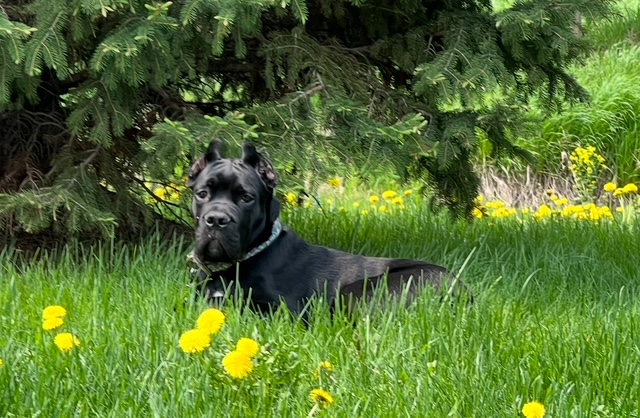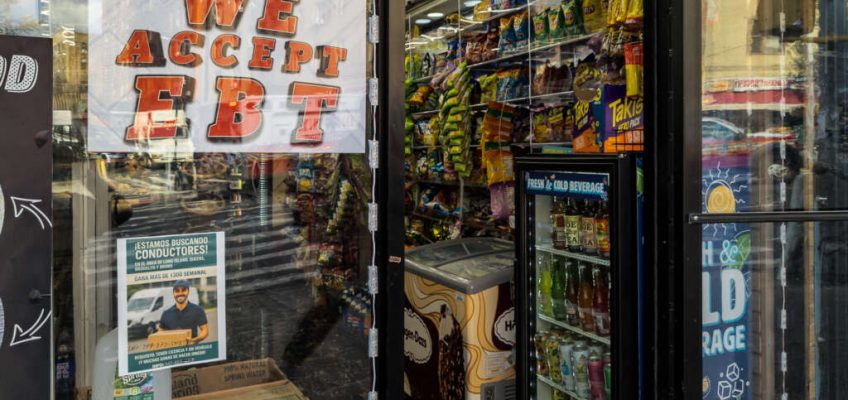In our Morning Report newsletter in November, we featured eight cats, 16 dogs and one skunk from our readers.
To view more pet photos, check out our October slideshow. To sign up for our newsletter, follow the prompts at twincities.com/newsletters.
Friday, Nov. 28
Pip
“Our 5-year-old Pip, contemplating her food game!” Jimmy writes.
Thursday, Nov. 27
Dilly
“This is Dill Pickle aka Dilly,” Jack and Suzie write. “She was immediately cuddly at the Humane Society, but we quickly realized that was all a show when she made it to her forever home. She’s a fierce and successful hunter, has more energy than a wall socket (particularly between 3 a.m. to 5 a.m.) and a love to play fetch down a flight of stairs. She has become more cuddly, as the temperatures drop, with a heated blanket. We’re incredibly lucky to have such a smart and playful little one in our lives, she’s given us many laughs and some eyebrow raises already in her short time home.”
Wednesday, Nov. 26
Enzo and friend.
“Enzo was a rescue dog during the pandemic,” Alberic writes. “He was under a year old when we got him. Our son Ryan found him at the Minneapolis dog shelter … we brought his to God’s country, the east side of the river!”
Tuesday, Nov. 25
Coconut (front orange) and Peanut.
“Coconut (front orange) and Peanut are my female camaraderie in my house full of boys and men,” Sara writes. “Coconut joined her big sister three years ago from Windmill Animal Rescue — I am her person and she follows me everywhere. Here they are in their respective spots ready for bedtime.”
Monday, Nov. 24 (Memorial Monday)
Ontos
“Our beautiful Ontos crossed the Rainbow Bridge in September,” Diane writes. “She was the best sit-in-your-lap cat ever. Her official owners were Bob and Deb, but she shared her lap-sitting skills with all friends.”
Thursday, Nov. 20
Sheldon
“Hello, my mom shared your email with me, she said y’all share pet photos every week, so am sharing a photo of our beloved Sheldon (aka Sheldy, aka Sheldunston, aka Sheldon Dunston Unston, aka Shel-doo-doo) with you,” writes Brian (with Trina). “He is 15 months old and we were blessed with being able to adopt him from the Animal Humane Society shelter in Golden Valley. He brings us so much joy and is a fiend for wet food and churu treats. Thank you for helping us share our love of Sheldy with you and maybe others. Hope you’re doing well and doing good — happy holidays.”
Wednesday, Nov. 19
Cooper and Penny
“Cooper (left) and Penny (right) are our daughter and son-in-law’s pups,” Bill writes. “We came to find they have the same Mom so they are half brother and sister. They are sweet as can be and Cooper is the typical little brother to his big sister Penny.”
Tuesday, Nov. 18
Ringo and Roxy.
“Thanks for highlighting pets!” Rachel writes. “This is Ringo and Roxy, our goofy pups who love to go on walks with us. Here they are enjoying a lovely fall day in Phalen Park.”
Monday, Nov. 17
Tasha (left) and Sasha.
“Tasha, just turned four years old, in a moment of reflection posing for a picture,” Cindy writes. “Housemate, 9-year-old Sasha, got some camera time too.”
Friday, Nov. 14
Mozzy
“This is my puppy, Mozzy, the sweetest guy ever,” Lynn writes. “After losing two dogs over the winter I was not going to get another. But then I found my breeder had a litter. She gave all the littermates names such as Mr. Pickle, Mr. Macaroni and Mr. Cheese. So I stuck with the cheese theme and we have Mr. Mozzy for mozzarella. He loves riding in my electric trike to go to the dog park and to pick up the mail. I love him to death.”
Thursday, Nov. 13
Odin’s portrait was painted by Terri Elliott of Philadelphia.
“We enjoy your Daily Doggo!” Kara and Bill write. “This is our Goldendoodle, Odin, sticking his tongue out at us. Guess he didn’t like dinner! We had our favorite artist paint it! Her name is Terri Elliott. She lives and works in Philadelphia.”
Wednesday, Nov. 12
Chernabog
“Meet Chernabog, my daughter’s 2-year-old Cane Corso,” Deb writes. “He is a handsome fella with a heart of gold; he regularly donates blood to Blue Pearl Emergency Clinic. Have a wonderful day.”
Tuesday, Nov. 11 (Veterans Day)
Whiskey and Bob.
This is a photo of Molly’s late grandpa, Bob, with Whiskey the dog on Mercer Island near Seattle in 1942, during World War II. Whiskey was the mascot of her grandpa’s company, which was part of an Army coast artillery unit. Bob later fought in the Battle of the Bulge before returning to Wisconsin, where he built a house for his family on his aunt’s farm.
Monday, Nov. 10 (Memorial Monday)
WallE
“I saw your submissions are low so I thought I’d give it a shot and send in a photo of my sweet pup who passed away this past Friday,” Michelle wrote on Tuesday, Oct. 28. “WallE was a bundle of fun who loves his walks and treats. Pup cups and carrots were his favorite. Even though he was a smaller dog (Chihuahua/Pug mix) he played hard and ran fast like his Husky sister, Eva, who passed in summer of 2020. Our hearts still ache over the loss but having lots of photos will help keep the memories alive.”
Friday, Nov. 7
Roo
“Here’s a pic of Roo — named such because she jumps like a kangaroo and has a five-foot vertical! She loves car rides, especially when headed to the park. She is a foster fail from UnbreakaBULL Rescue because it was truly love at first sight. I thought she would be my dog but my daughter is definitely her person! She turned three in Sept. and every day is a joy with her. She’s pure love!”
Thursday, Nov. 6
Happy Birthday, Raven!
“I always knew Raven was a smart girl but I was surprised she could read her birthday card!” Peggy writes. “She’s learned a lot in her 11 years!”
Wednesday, Nov. 5
Ziggy
Ziggy, a nearly three-year-old Chihuahua mix, has perfected her begging-for-a-treat stare.
“Adding insult to injury, she seems to be aware of the power she possesses,” her parents said.
Tuesday, Nov. 4
Abracadabra (Cadi)
“Good morning, here is a photo of our granddog, Abracadabra (Cadi), ” John and Lori write. “Our daughter was fostering for the ‘4 Luv of Dog’ rescue in Moorhead. There was an instant connection and Cadi found her forever home. In this photo, they were enjoying a corn maze in West Fargo. Have a great day.”
Monday, Nov. 3
Rhody-Jamie
“This is Rhody-Jamie at the Florida Skunk Show,” Robin writes. “Rhody here in the costume contest as Dracula, he took 2nd place. Rhody also won 1st place for best black ‘n white chip adult (1-5) and 2nd place for best black ‘n white chip overall, which is all age groups.”
Related Articles
New $12M shelter for homeless — and their pets — set to open in Washington County
Here are readers’ pets (and wildlife) we featured in our October newsletter
Wearable tech for your dog? Life360 releases a new pet tracker
Without leads, investigators call off search for missing 33-year-old Farmington horse
A wallflower blooms: After weeks in a shipping container, Chinese stowaway cat getting ready for adoption




